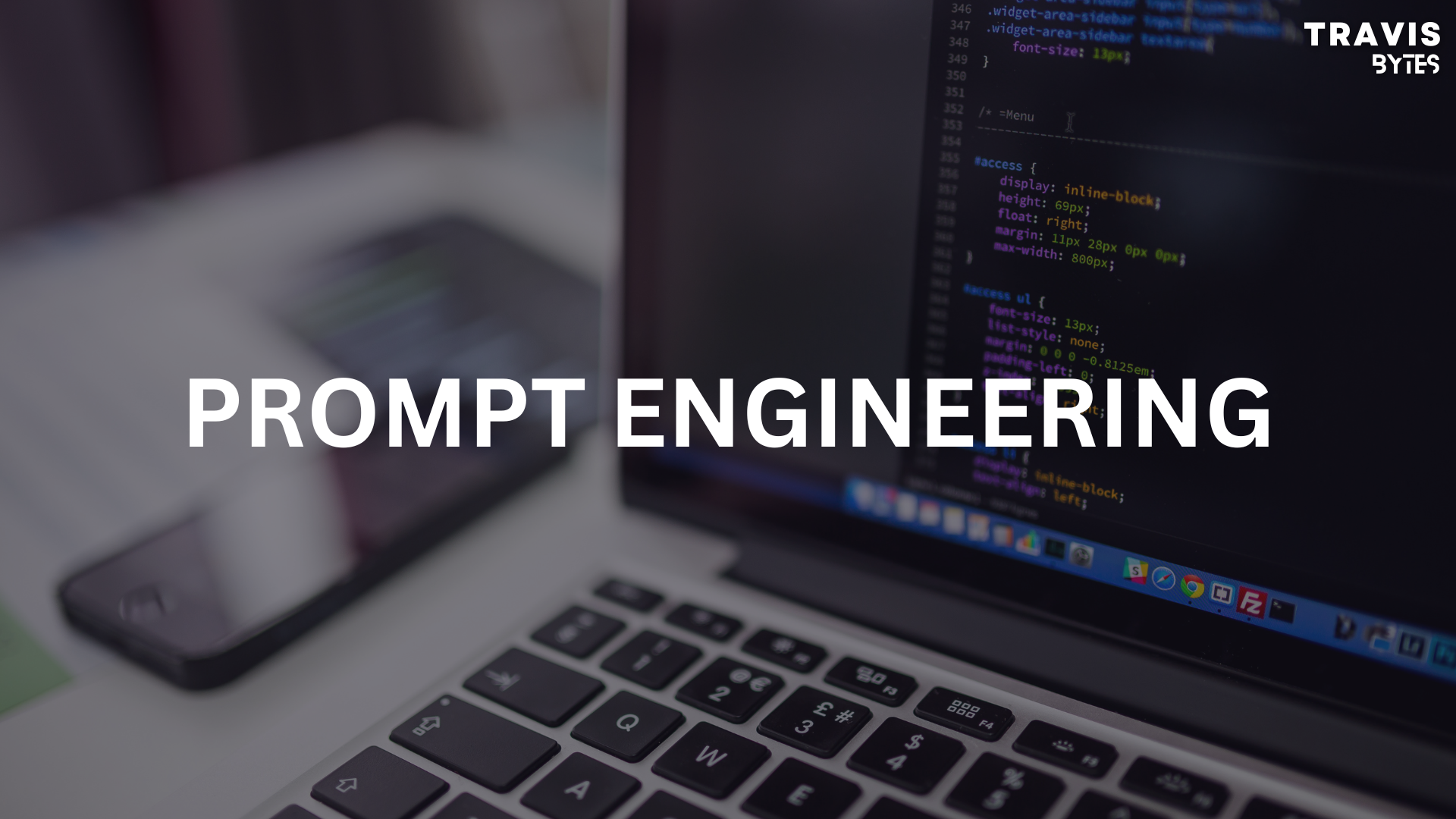Introduction
Have you ever heard of LLMs? They are machine learning models that are trained with a lot of data from the internet. However, these models do not specialize in any specific tasks. To improve an LLM’s performance for specialized tasks, there is a technique called fine-tuned model. This technique can be quite expensive and difficult to implement. Alternatively, other techniques require less effort and are easier to implement, such as prompt tuning and prompt engineering. Let’s explore the differences between these techniques and where they can be best applied.
What are the differences between Fine-tuning, Prompt tuning, and prompt engineering?
Let’s begin with the concept of fine-tuning a model. Fine-tuning involves retraining a model on a smaller, more specific dataset, which helps the model improve its performance on the new task. For instance, if you want a language model to generate accurate medical text, you can fine-tune it using a dataset of medical texts. Fine-tuning models like GTP-3 and GPT-4 is a typical approach. However, fine-tuning is a complex and resource-intensive process that depends on various factors, such as the size of the model, the quality of the task-specific dataset, and the availability of computational resources. This method may not be suitable for small companies or startups with a limited budget.
Prompt tuning, also known as prompt engineering, is an effective method to refine and improve the prompts given to language models. This technique involves keeping the model as it is and adding prompts before the user input to guide the language model to answer in a specialized way. There are two types of prompts: hard prompts, which are provided by humans, and soft prompts, which are generated by AI. Soft prompts have been proven to outperform hard prompts, but there is a drawback in that sometimes the AI cannot explain why it chose a particular option. In practice, the choice of prompt tuning technique can be flexible depending on the context and demand.

Prompt engineering can be a valuable technique when using big language models such as GPT-3 or GPT-4. These models are adept at generating text based on the provided prompt, however, the quality and specificity of the prompt can greatly impact the quality of the generated output.
Applications and Challenges of Prompt Engineering
Prompt Engineering has a wide range of applications that are used in various sectors. One such example is the use of virtual assistants and automated content generation. In virtual assistants, prompts play an important role in guiding the assistant to provide responses that are both relevant and personalized. This creates a more engaging and human-like user experience.
One of the most frequent challenges in AI involves creating writing prompts that are both specific enough to guide the model and general enough to allow for creative and flexible responses. If the prompts are poorly designed, it can lead to nonsensical or inappropriate responses, which can undermine the effectiveness of the AI system. To overcome these challenges, the prompts must be iteratively refined, and robust testing must be carried out to measure prompt effectiveness.
Conclusion
The importance of prompts in AI development cannot be emphasized enough. As we continue to progress in the ever-changing field of AI, the significance of Prompt Engineering is becoming increasingly crucial. Rather than writing complex code, we now use prompt and low-code platforms to communicate and direct AI. In the next articles, I will dive deeper into prompt techniques and discuss the importance of testing outputs.
See you there!

